ROCK ART - UNESCO WORLD HERITAGE
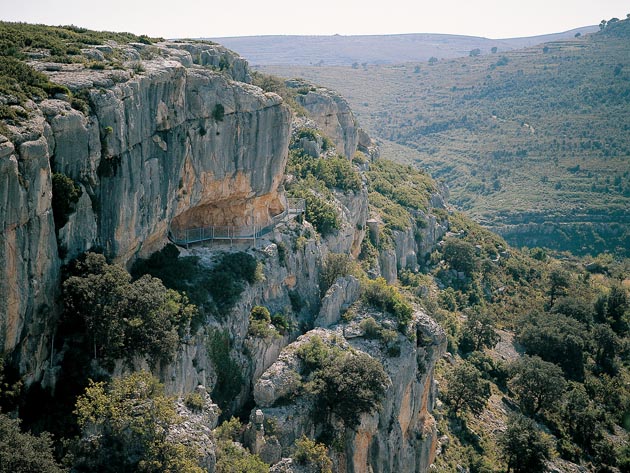
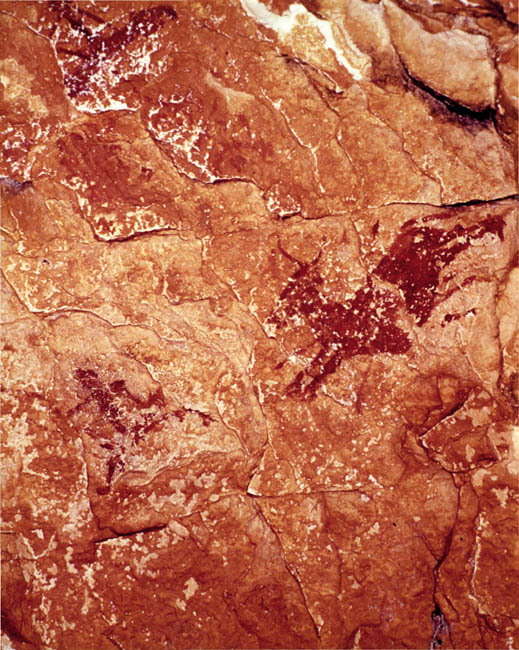
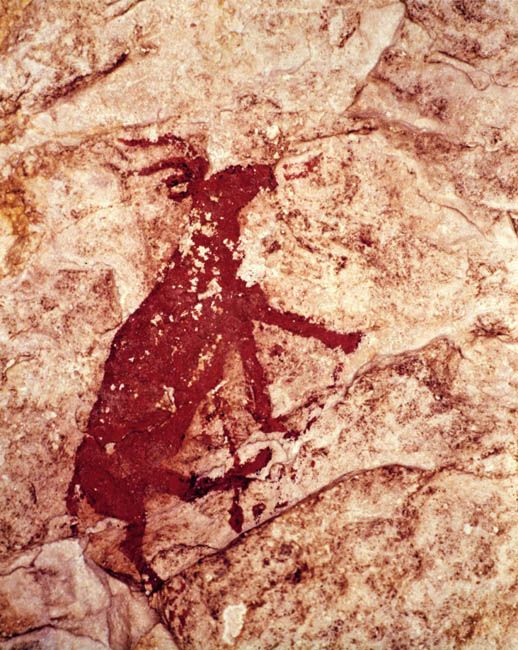
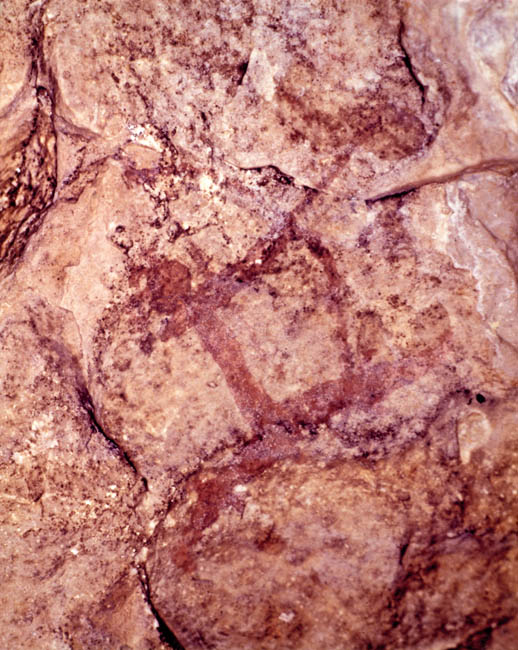
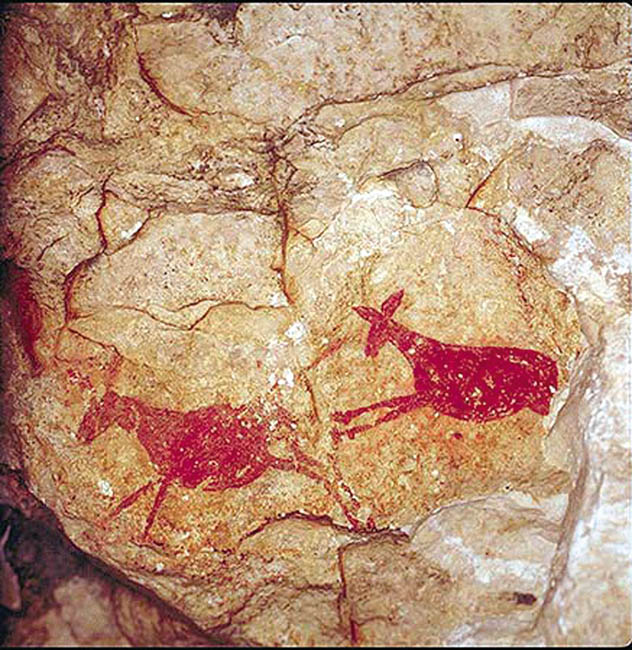
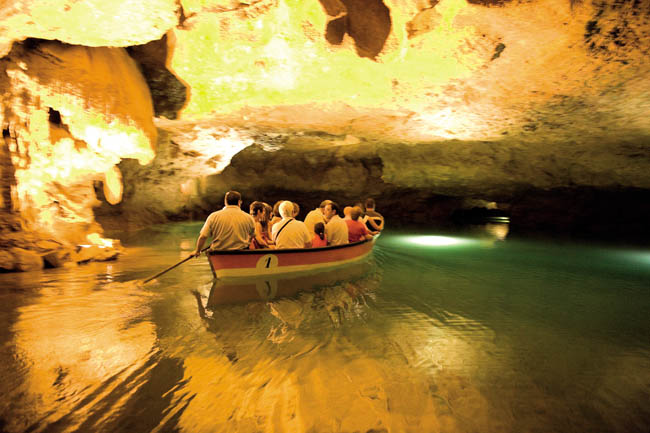
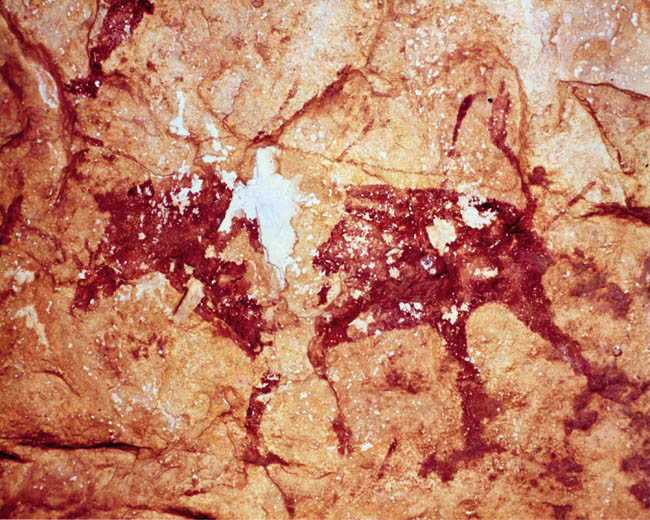
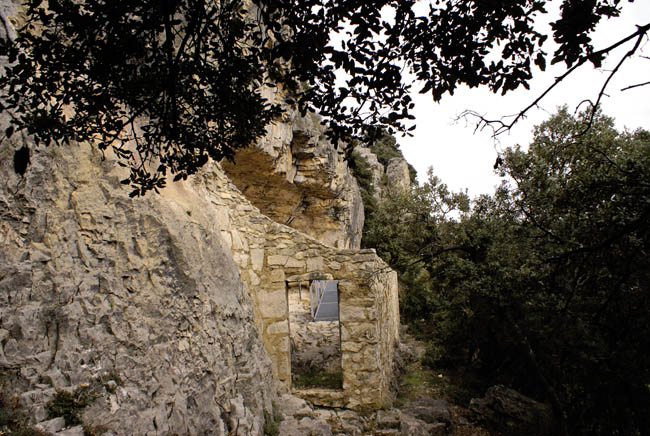
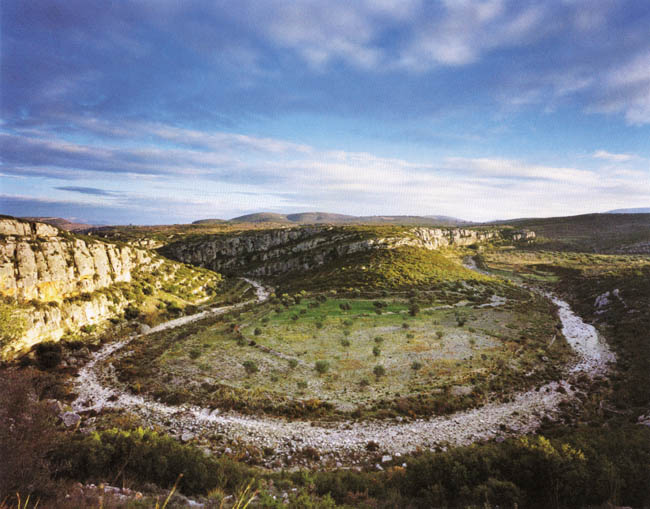
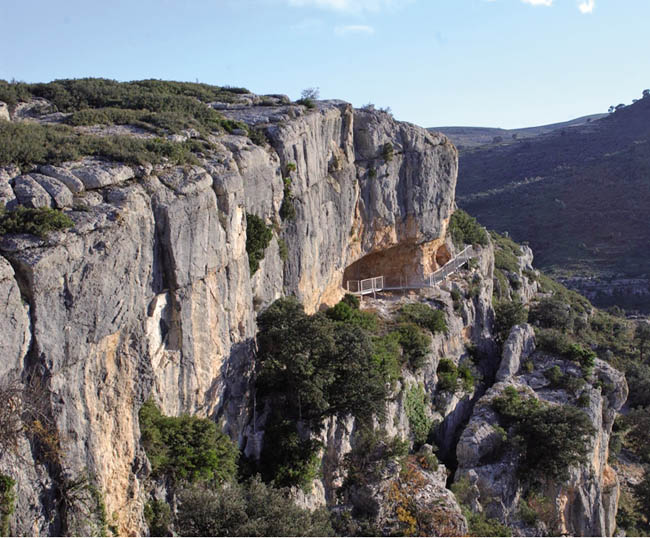
The rock art of Spain's Mediterranean Basin warranted inclusion on the UNESCO World Heritage List in 1998 due to its significance in contributing a unique and exceptional testimony of a cultural tradition and civilization long since disappeared from our society.
The degree of protection, authenticity and the integrity of the rock art sites were also essential considerations in them being declared a World Heritage site.
They make up a group of sites of exceptional scale, showing the lifestyle of a crucial phase in human development through pictographic representations which, in their style and theme, are unique for the genre in Europe.
The Mediterranean Basin of the Iberian Peninsula is home to the largest number of rock art sites in all of Europe and offers an exceptional insight into the human life in the initial period of western cultural evolution.
The caves of the province of Castellón are an extraordinary example thanks to their integration into the landscape, the ecological value of the fragile environment and conservation factors such as the nature of the cavities home to the rock paintings or the specific environmental conditions.
From the early 20th century, the discovery of an art form unknown up until that moment, on the part of a pioneering scientific community, placed value on and legitimized rock art. Research has revealed how the inhabitants of these caves, thousands of years ago, were capable of creating excellent and sophisticated works of art. These are the earliest examples of European art and, moreover, are of exceptional quality.
The Discovery. This story begins in 1917 when paintings were discovered in the rock shelters at Valltorta, and in 1924 were declared an Historic-Artistic Monument in order to ensure their protection.
Who painted them and why? They were painted by the groups of humans, tribal societies that inhabited the physical space of the Mediterranean coast and who displayed, for the first time, art with human beings as the protagonists and their relationship with the environment, with life, hunting, religion and social relations.
Where are they and why? The paintings are in natural cavities in the rock, chosen for their strategic and privileged positions in sunny areas with extensive views of the environment and close to sources of water and hunting grounds, etc. The altitudes vary from 300 to 1,000 meters and can be found in in isolated, difficult-to-reach spots and in areas with gentle terrain.
The landscape of the Valltorta Cultural Park. The landscape of this area is exceptional, and so it was in prehistoric times. The meanders of the ravine provide abundant water and vegetation for all types of fauna and the rock shelters and viewing points were perfect sports for hunters to develop the ritual of observation, pursuit and hunting of these same animals. The climate also favored this ecosystem. The orientation of these crevices and shelters was always towards the sun, facing south, south-east.
What is Levantine rock art? It is the art of hunter-gatherer societies who inhabited Spain's Mediterranean Basin. Their depictions are etched and painted using natural pigments. Throughout the Mediterranean seaboard, the rock art sites reveal a variety of themes with hunting scenes to representations of the animals of the period, idiographic myths, combat scenes, scenes from daily life, funeral rites and religious sketches or the feminine figure as a deity of fertility and the giver of life. They almost always feature the man in very different postures, adornments and attitudes as the primary focus. A society of structured groups can already be detected.
Their meaning. The meaning of the works remains the subject of study, although it seems clear that they are places with special significance; places of worship or perhaps of learning, sacred due to their location, to pay homage, carry out the propitiatory rituals of hunting and places of meeting and understanding to foster the historical memory of the community. The paintings would constitute a library of knowledge, a vehicle for expressing and transmitting their knowledge, culture and beliefs.
Chronology. The time period of these artistic representations can be narrowed down to the period between the Epipaleolithic-Mesolithic up to the arrival of the first farming cultures. That is to say 8,000 to 3,500 years before Christ.
That's more than 30,000 years of history of a rich heritage, the oldest in the Community of Valencia.
Museu de la Valltorta
Just two kilometers from Tírig, we find the Museu de la Valltorta which features a precise collection of Levantine rock art from the area and provides guided tours, serving as the entry point to the Valltorta-Gasulla Cultural Park







